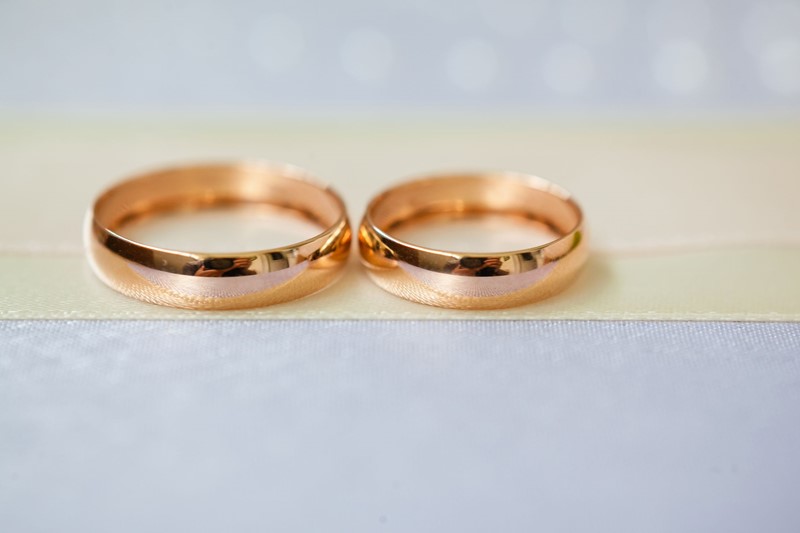A new press release from HMRC has highlighted that 49,317 taxpayers took the time to file their tax returns online over the New Year holiday. It is estimated that over 6.5 million taxpayers have already filed their tax returns for 2022-23. This leaves almost 5.7 million taxpayers that are yet to file.
The deadline for submitting a 2022-23 self-assessment tax returns online is 31 January 2024. You should also be aware that payment of any tax due should also be made by this date. This includes the payment of any balance of self-assessment liability for the 2022-23 plus the first payment on account due for the current 2023-24 tax year.
If you miss the filing deadline then you will usually be charged a £100 fixed penalty which applies even if there is no tax to pay, or if the tax due is paid on time. If you do not file and pay before 1 May 2024 then you will face additional daily penalties of £10 per day, up to a maximum of £900. If the return still remains outstanding further higher penalties will be charged after six months and again after twelve months from the filing date. There are also additional penalties for late payments amounting to 5% of the tax unpaid at 30 days, 6 months and 12 months.
HMRC’s Director General for Customer Services, said:
‘The clock is ticking for those customers yet to file their tax return. Don’t put it off, kick start the new year by sorting your Self-Assessment. Go to GOV.UK and search ‘Self-Assessment’ to get started start today.’
If you are filing online for the first time you should ensure that you register to use HMRC’s self-assessment online service as soon as possible. Once registered, an activation code will be sent by mail. This process can take up to 10 working days.
We would encourage our readers to complete their tax return as early as possible to avoid any last-minute stress as the 31 January 2024 filing date is fast approaching.












